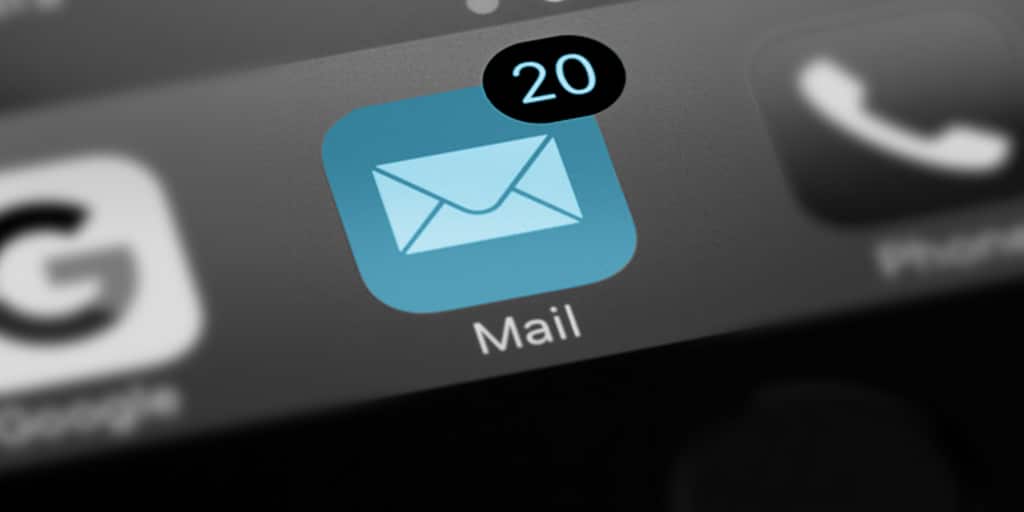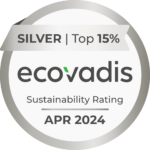With email marketing, a marketer should want their target audience to either learn something new about a company, an organization or a specific service that is being provided. Getting marketing emails to a lead’s inbox and past spam engines is the first battle. The real struggle is getting leads to actually open the email and to do something with it.
As a rule of thumb, it’s important to help make the recipient feel special – and email personalization can help. This includes knowing the lead’s name, email address, and even how someone’s contact information was obtained (i.e. a tradeshow, conference, etc.). Depending on the size of a subscription list, it’s not always efficient to send individualized emails out to one person at a time. Make sure you know the intended audience for an email, how many leads you plan on reaching out to and research the email marketing tools being used to get your message in the right hands.
Landing pages and forms can be a valuable tool for capturing lead information. If you are working at a tradeshow and interacting with visitors, it might help to request some information from the individuals you meet. Don’t ask for too much at one time, as many people shy away from giving out too much personal information if there is nothing in it for them.
TOKENS
Now that a marketer has this information, what is there to do with it? A great way to use this information is to include a person’s name somewhere in the email. Various email marketing tools use snippets of code (a.k.a. Tokens) that can be placed into an email, and pull personal data from a subscription list. That data will then be inserted into an email when being sent.
Another way to use tokens is to incorporate a lead’s name directly in the subject line of an email. If the information is available, tokens can also be used to include other known lead information such as a lead’s company, birthday, anniversary, state or country. Using select marketing automation tools, marketers can create and send a celebratory email on a lead’s work anniversary or birthday. Using tokens in a subject line may also help to increase email open rates.
LIST SEPARATION
List building (lead database) plays a large factor in the success and personalization of an email. This comes back to making leads or the target audience feel important. Fictional lead personas can be created to help with the tailoring of an email’s audience with list separation. A subscriber’s list might be separated into fictional personas by lead attributes, which might include a lead’s location in the world, his/her needs or specific interests. Using more advanced email marketing tools can make the list separation process a little easier.
EMAIL CONTENT
An email’s body copy plays a large part in the personalization of an email. Sometimes it helps to portray the content in first-person. Depending on the subject and content of an email, writing in first-person can completely change the mood of an email. How call-to-actions are written is also important. This is why knowing an email’s message and keeping it concise is important. Instead of writing “click here,” it might make more sense to write, “learn more about our latest product.” Email wording and messaging can help an email sound more personalized and direct.
If landing pages are created to gather lead information, it helps to keep the email and landing page content similar, as they both should complement each other.
MARKETING AUTOMATION SOFTWARE
With the investment of advanced email marketing automation software, emails can be scheduled or triggered to send based upon a lead’s behavior. This might include filling out a form on a landing page, clicking a specific link on an email, downloading a PDF or watching a video.
When used properly, email customization and personalization, along with email relevance, will impact email open and click-through rates, giving you a better return on investment.




